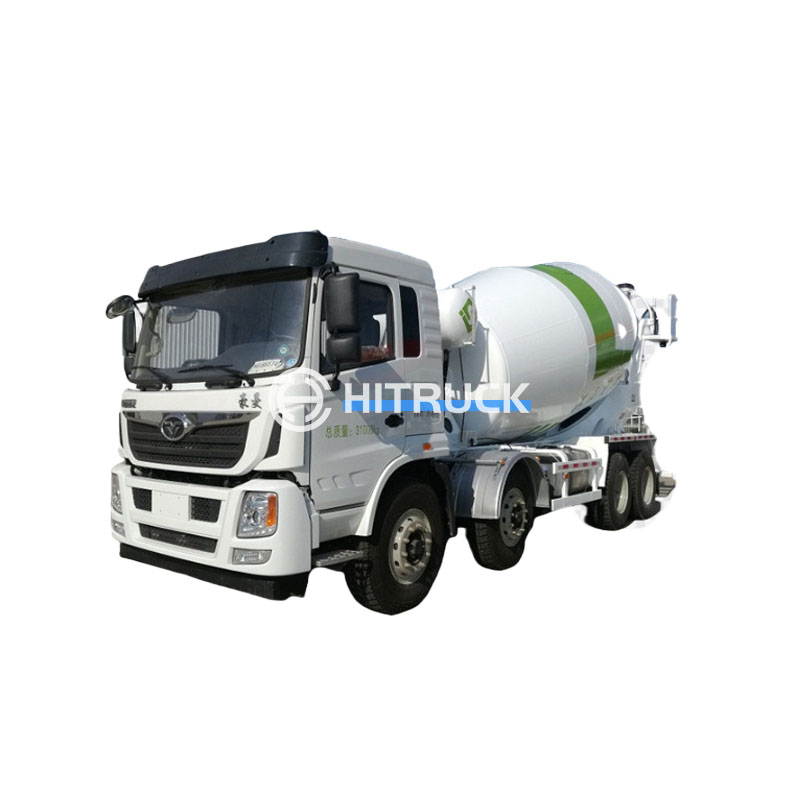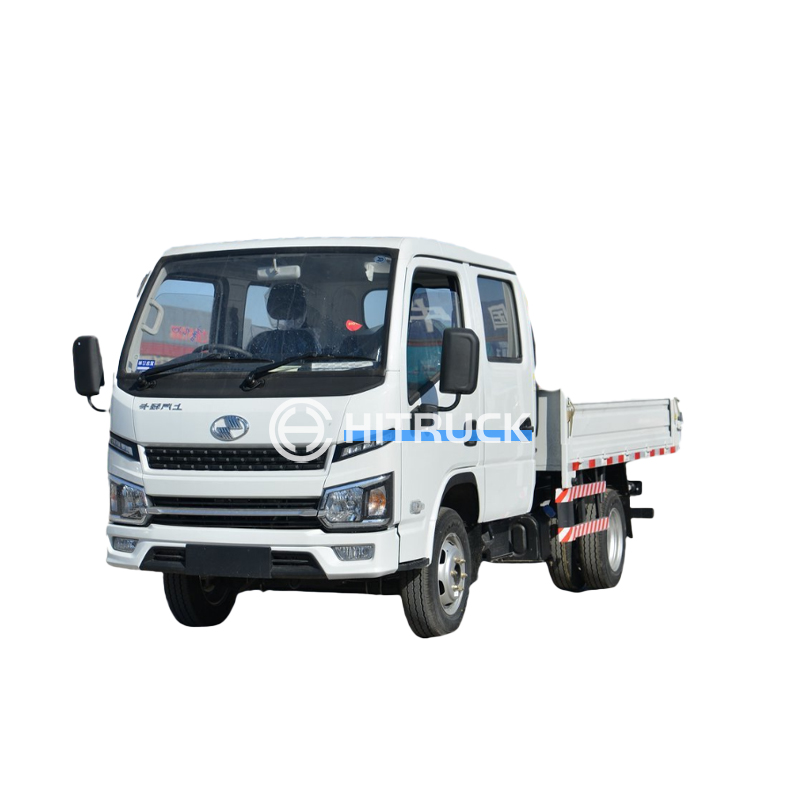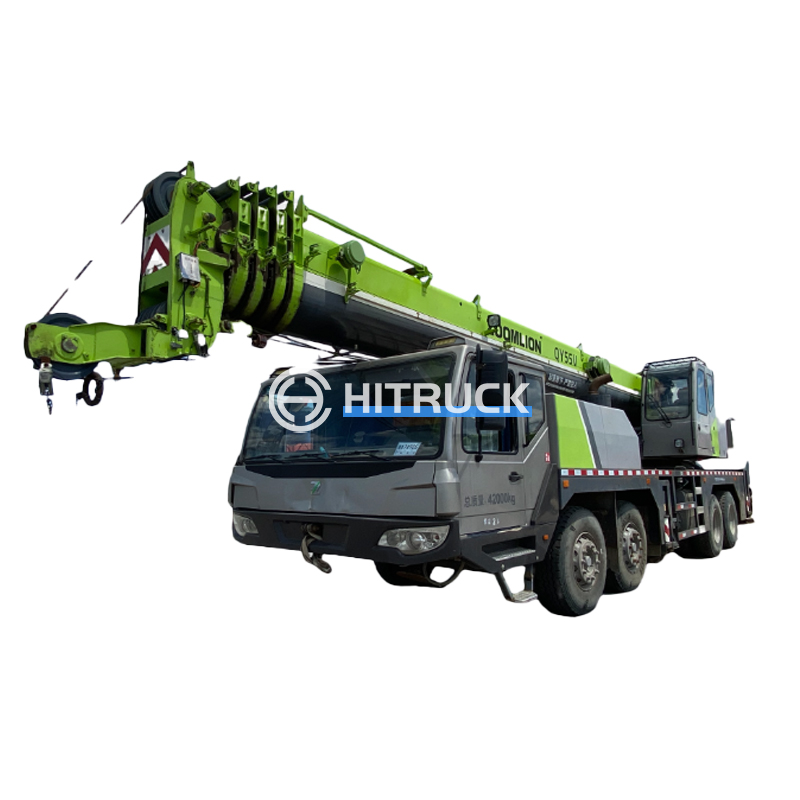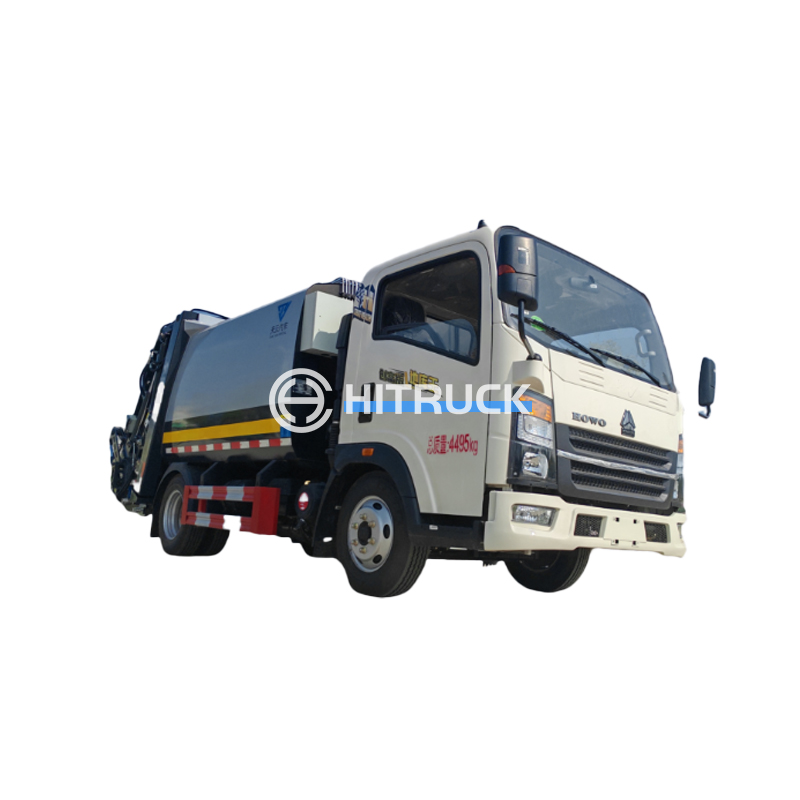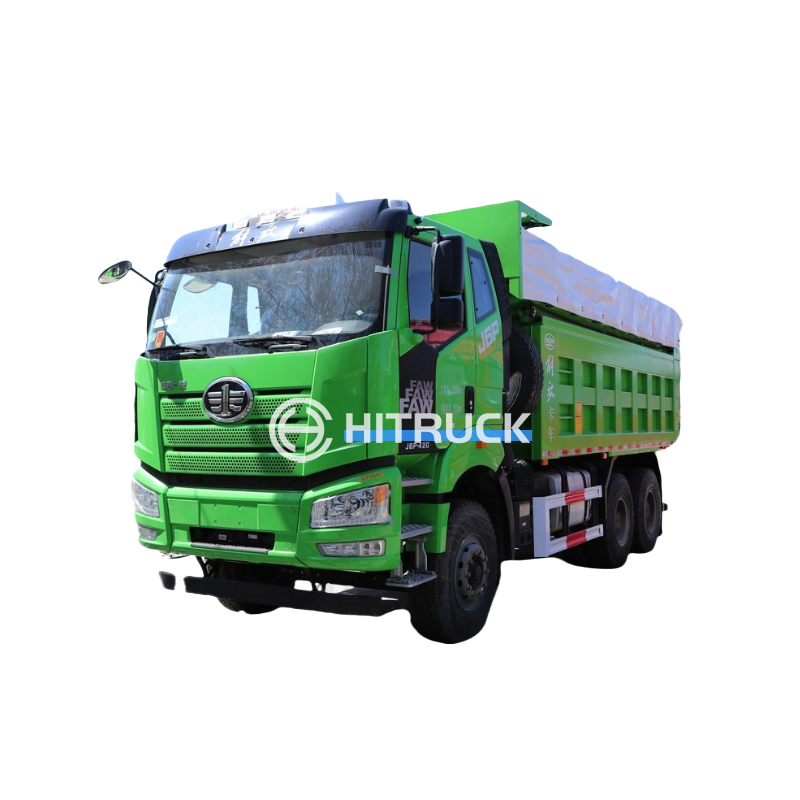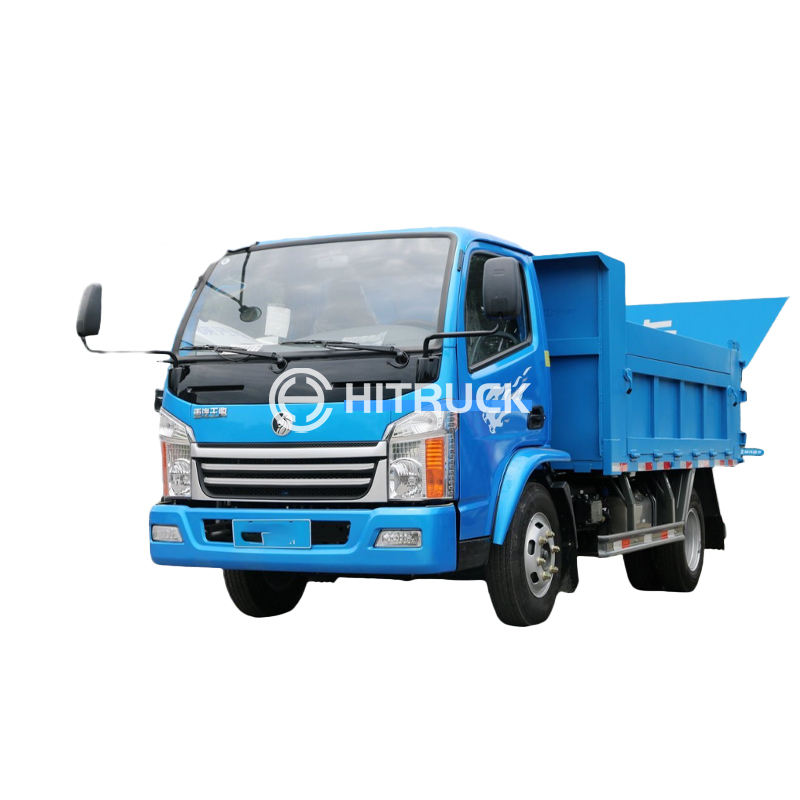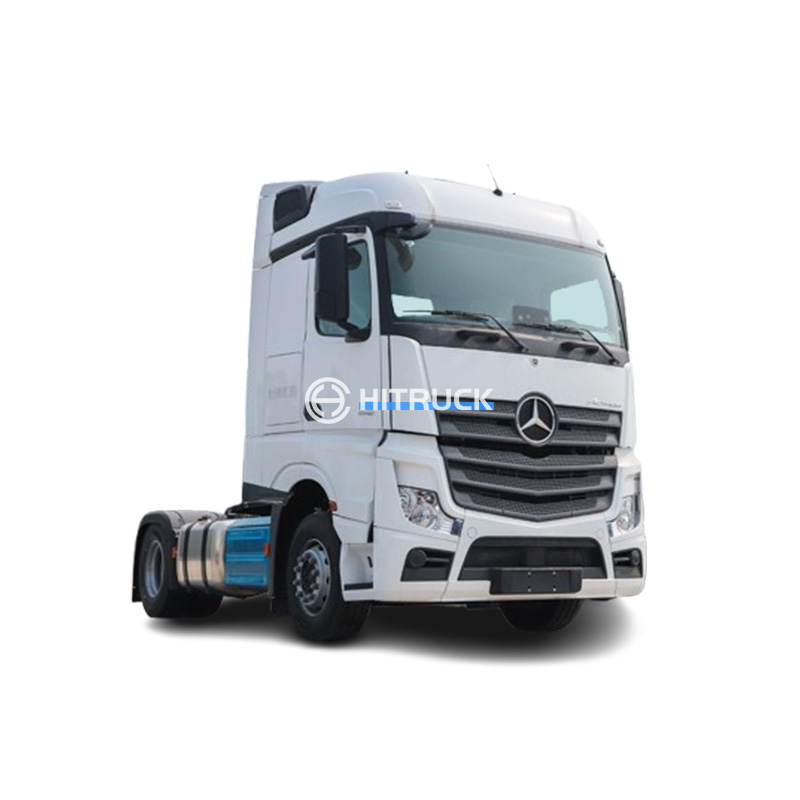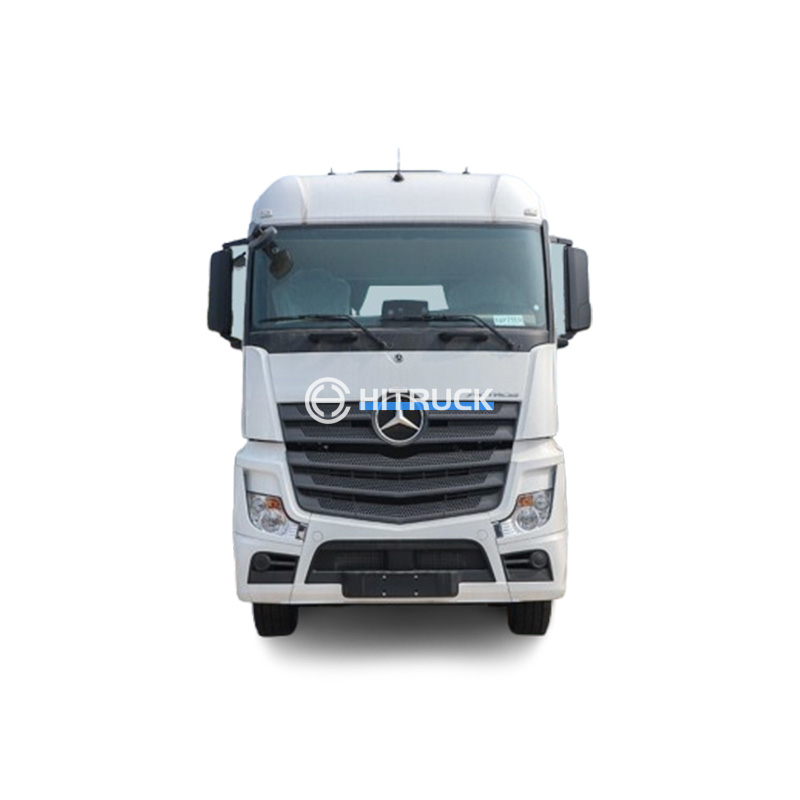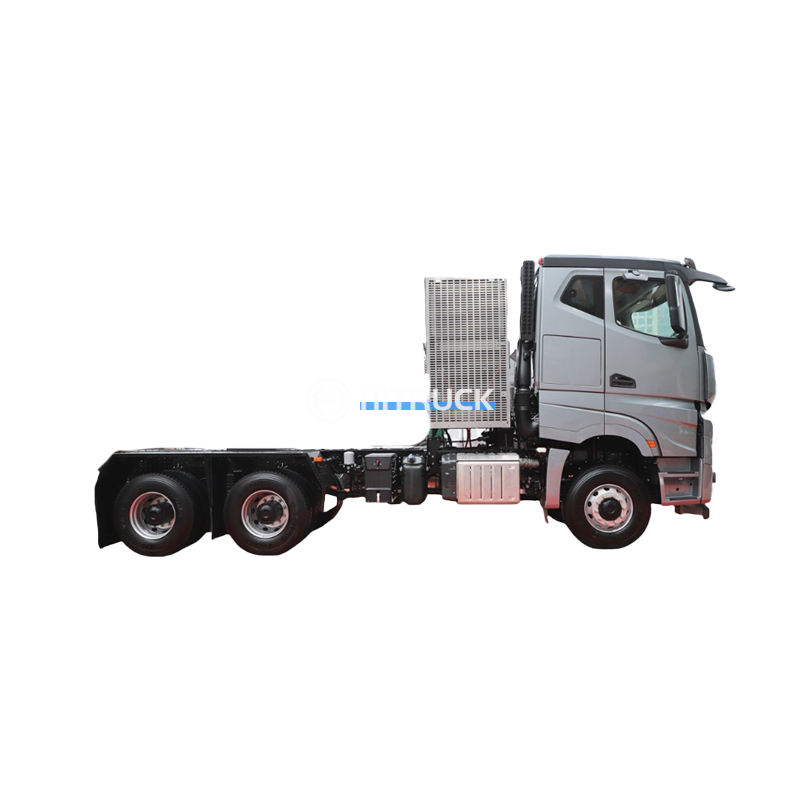This comprehensive guide helps you understand the different types of water tanks available, their applications, and factors to consider when making a purchase. We'll cover everything from material selection and size to installation and maintenance, ensuring you find the perfect water tank for your specific requirements. Learn about the pros and cons of various options and make an informed decision.
Above-ground water tanks are a popular choice for their ease of access and installation. They are commonly made from materials like polyethylene, steel, or concrete. Polyethylene tanks are lightweight, durable, and resistant to corrosion, making them a cost-effective option for many applications. Steel tanks, while more expensive, offer greater strength and longevity, particularly in areas with harsh weather conditions. Concrete tanks are typically used for large-scale storage due to their robust construction but require professional installation. Consider the capacity you require, ranging from small residential systems to large-scale industrial solutions. Choosing the right material depends on factors like budget, anticipated lifespan, and the environmental conditions. For example, if you're in a region prone to freezing temperatures, you'll want to choose a material that can withstand freezing and thawing cycles without cracking or compromising structural integrity.
Underground water tanks are ideal for conserving space and minimizing visual impact. These are often constructed from durable materials such as reinforced concrete or polyethylene, designed to withstand the pressure of the surrounding soil. They are commonly used for rainwater harvesting, providing a reliable source of non-potable water for irrigation or toilet flushing. Before opting for an underground water tank, ensure you have the necessary space and access for installation and future maintenance. This might involve seeking professional advice on ground conditions and potential risks associated with excavation. The size and material choice will be heavily influenced by the water volume you need to store and the soil type on your property.
Determine your water storage needs based on your usage patterns and the number of people or equipment that will utilize the water tank. Consider future needs and allow for some expansion capacity. This information is crucial for determining the appropriate size and type of water tank that best suits your needs. For instance, a household might require a smaller capacity water tank for supplemental water storage, while an industrial facility could need significantly larger capacities to support its operations.
The material of your water tank greatly impacts its durability, lifespan, and cost. Common materials include polyethylene, steel, and concrete, each with its own advantages and disadvantages. The choice depends on factors such as budget, climate, and the intended use of the stored water. A comparison table below summarizes some key aspects of common materials:
| Material | Advantages | Disadvantages |
|---|---|---|
| Polyethylene | Lightweight, Durable, Cost-effective | Susceptible to UV damage, lower strength than steel |
| Steel | High strength, Long lifespan | Susceptible to rust, higher initial cost |
| Concrete | Very strong, Long lifespan | Heavy, Requires professional installation, higher cost |
Consider the installation process and ongoing maintenance requirements. Above-ground tanks are generally easier to install than underground tanks, which often require excavation and professional expertise. Regular cleaning and inspection are crucial for all water tanks to prevent contamination and ensure longevity. For underground tanks, you’ll need to consider access for inspection and cleaning. Depending on local regulations and the type of water tank installed, periodic inspections might be legally required.
Water tanks vary significantly in price depending on their size, material, and features. Set a realistic budget before starting your search to avoid exceeding your financial limits. Compare prices from different suppliers and consider the long-term costs of maintenance and repairs when making your decision. For large-scale projects, it’s essential to obtain multiple quotes to compare pricing and services. Remember to factor in installation costs, which can vary significantly based on the complexity of the project.
Choosing the perfect water tank involves careful consideration of several factors. This guide provides a solid foundation for understanding your options and making an informed decision. Remember to always consult with professionals for complex installations or if you have any doubts.
For more information on heavy-duty vehicle parts and solutions, visit Suizhou Haicang Automobile sales Co., LTD.

